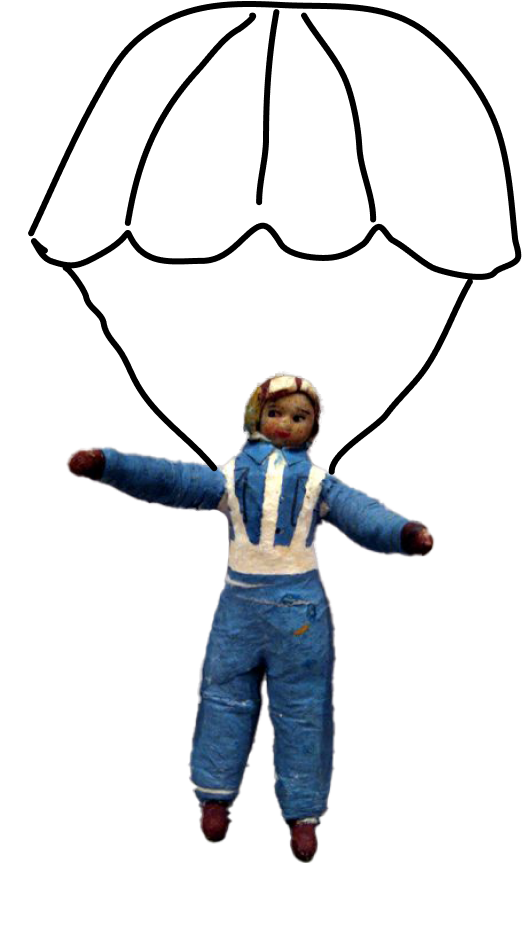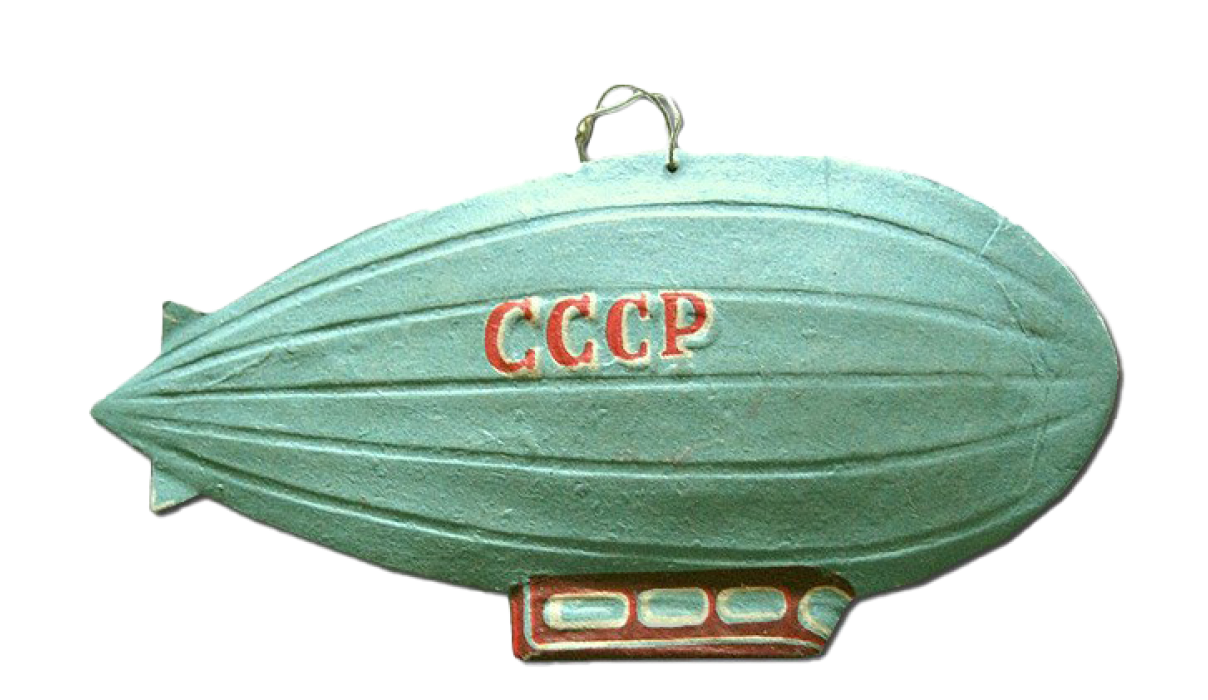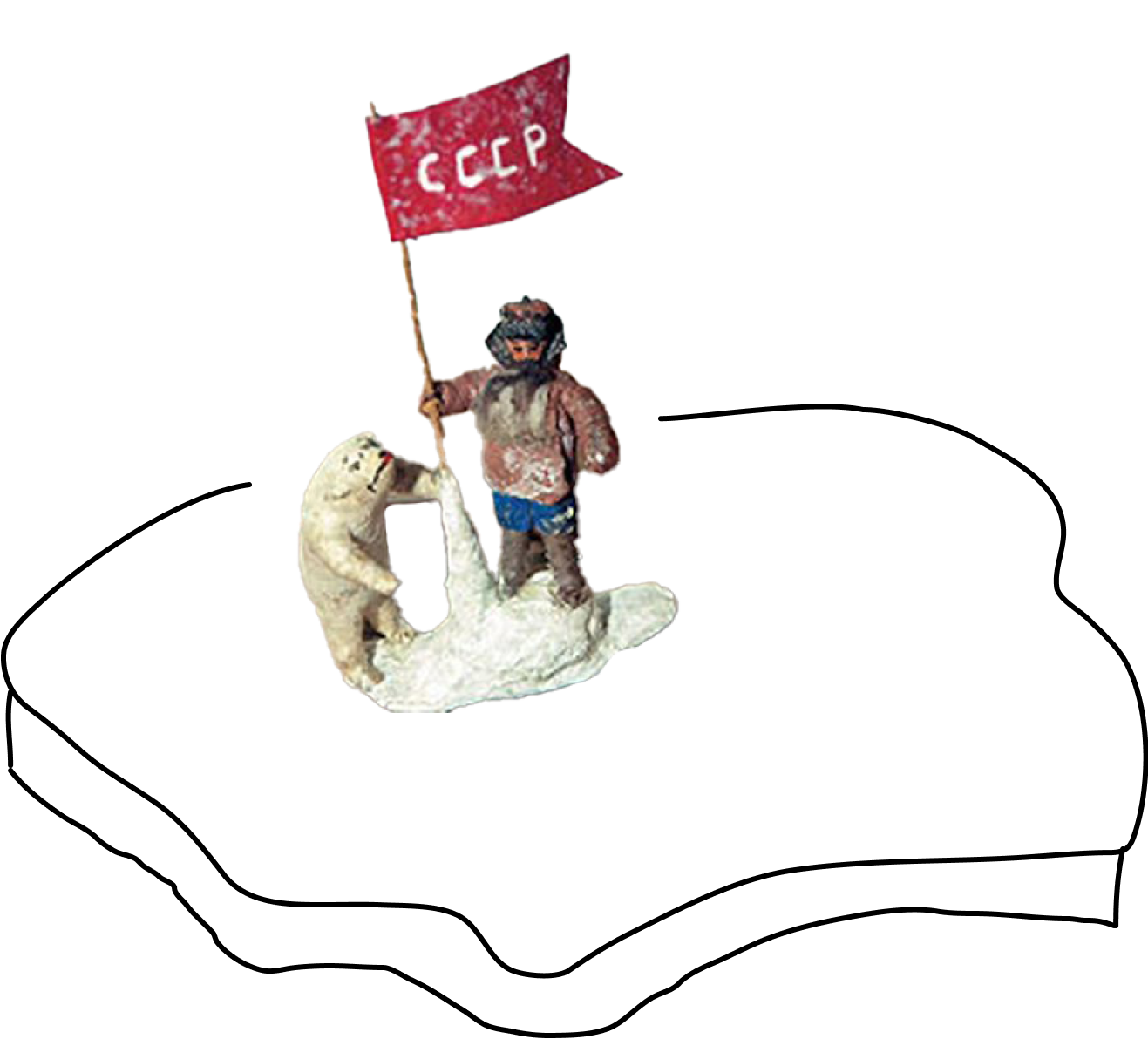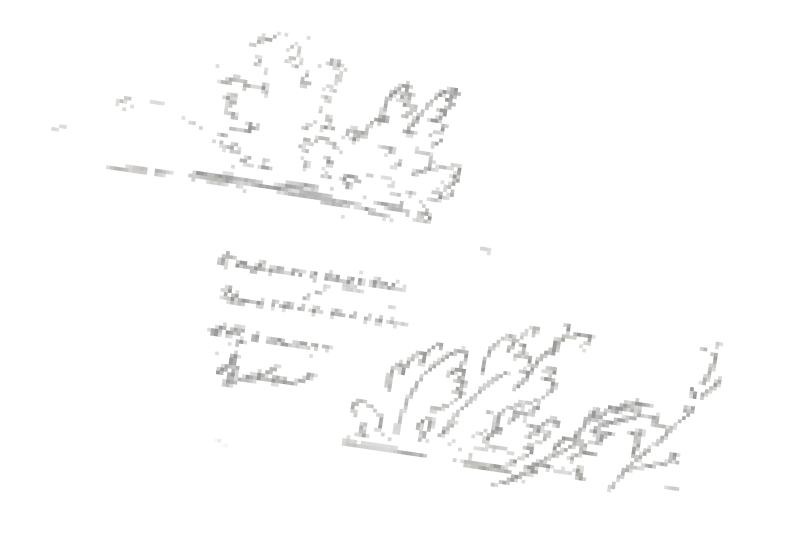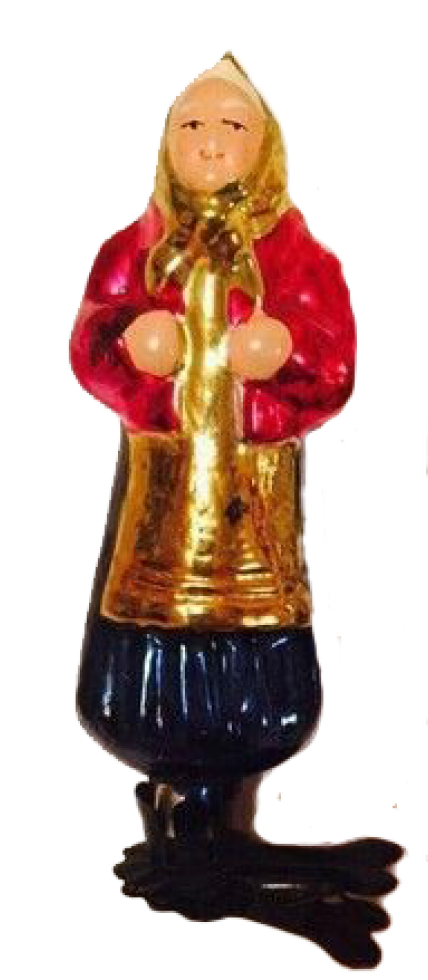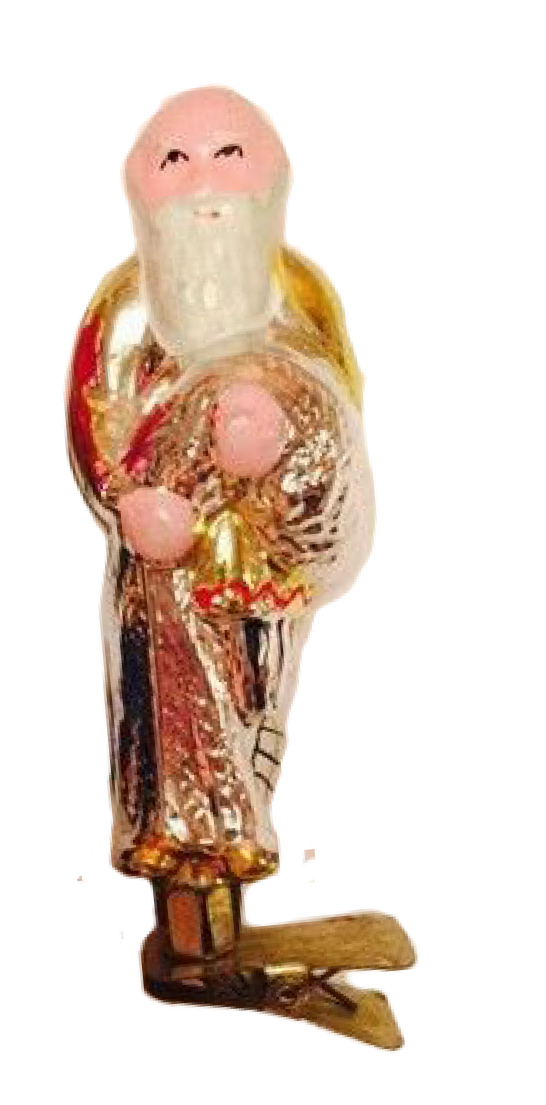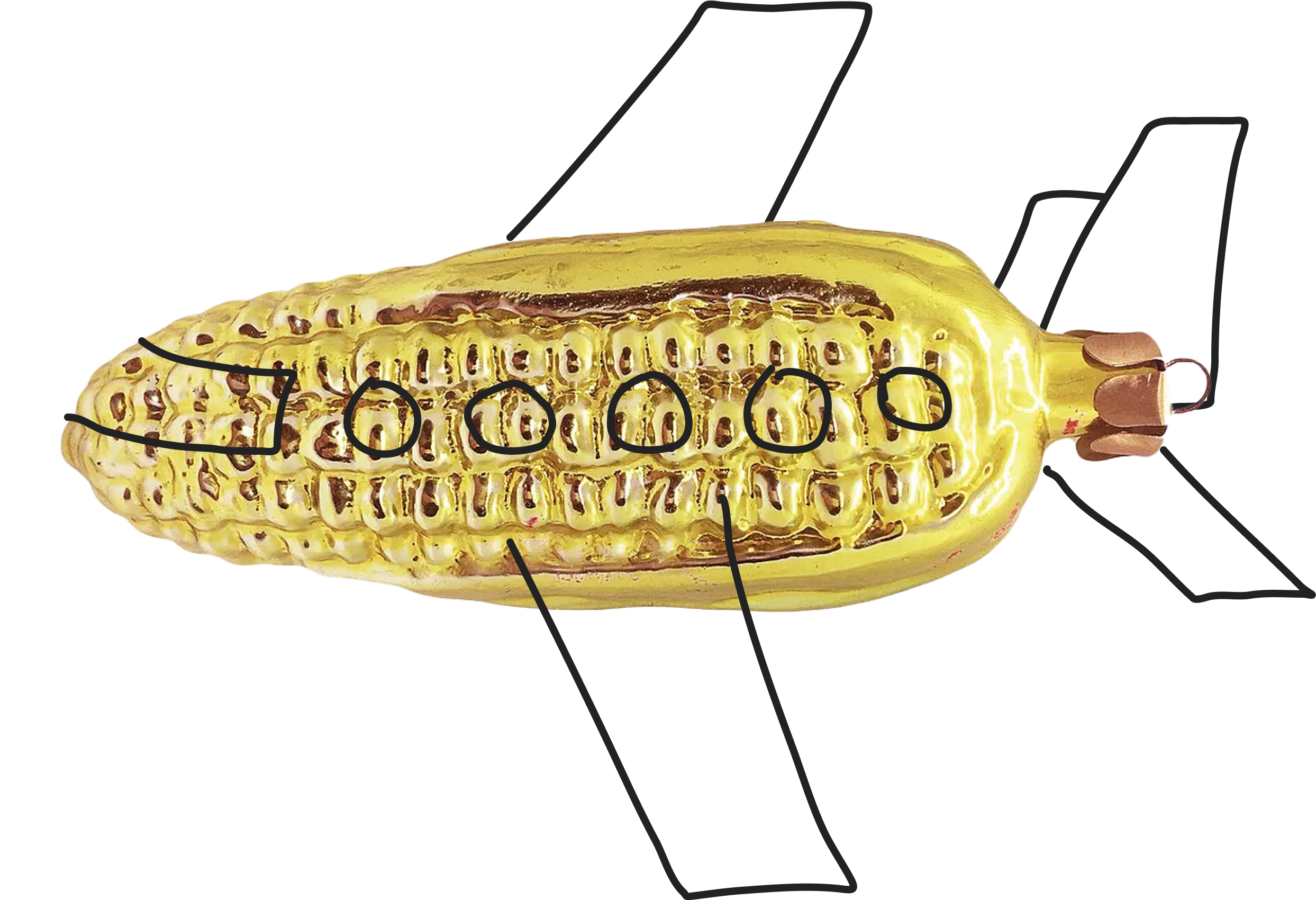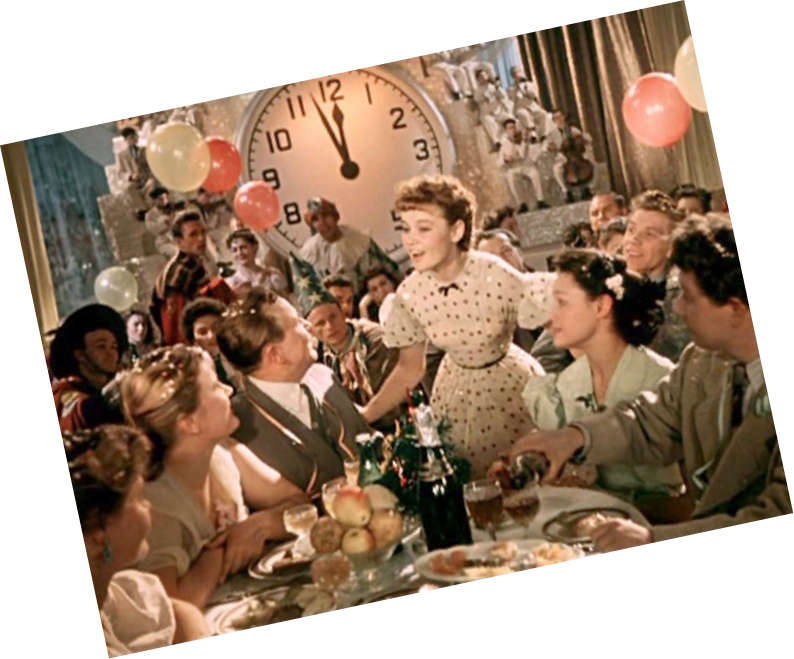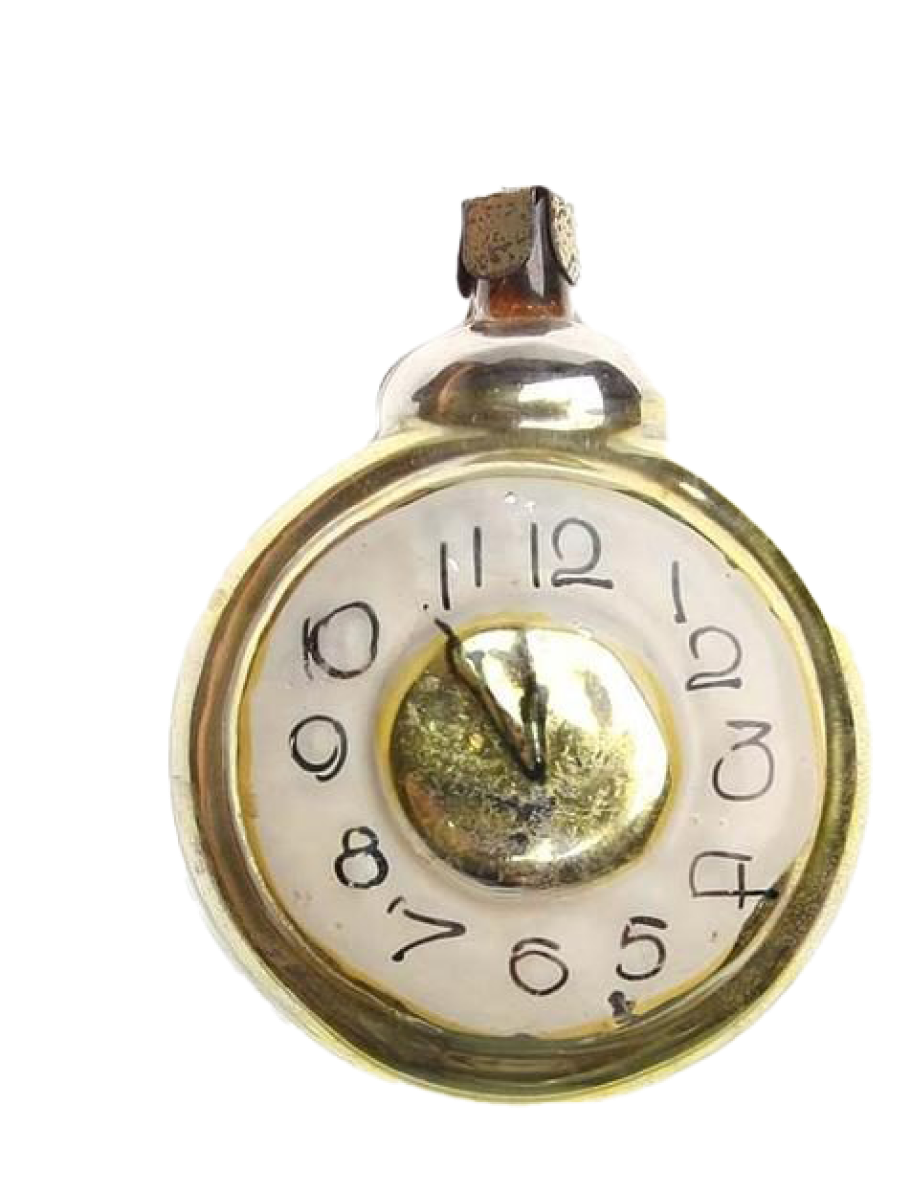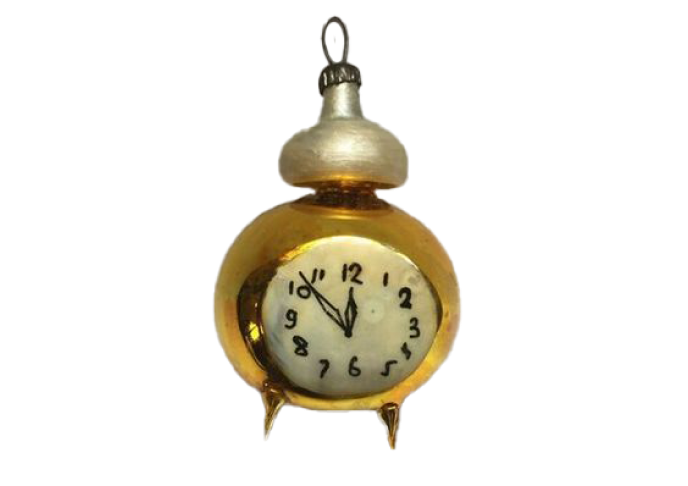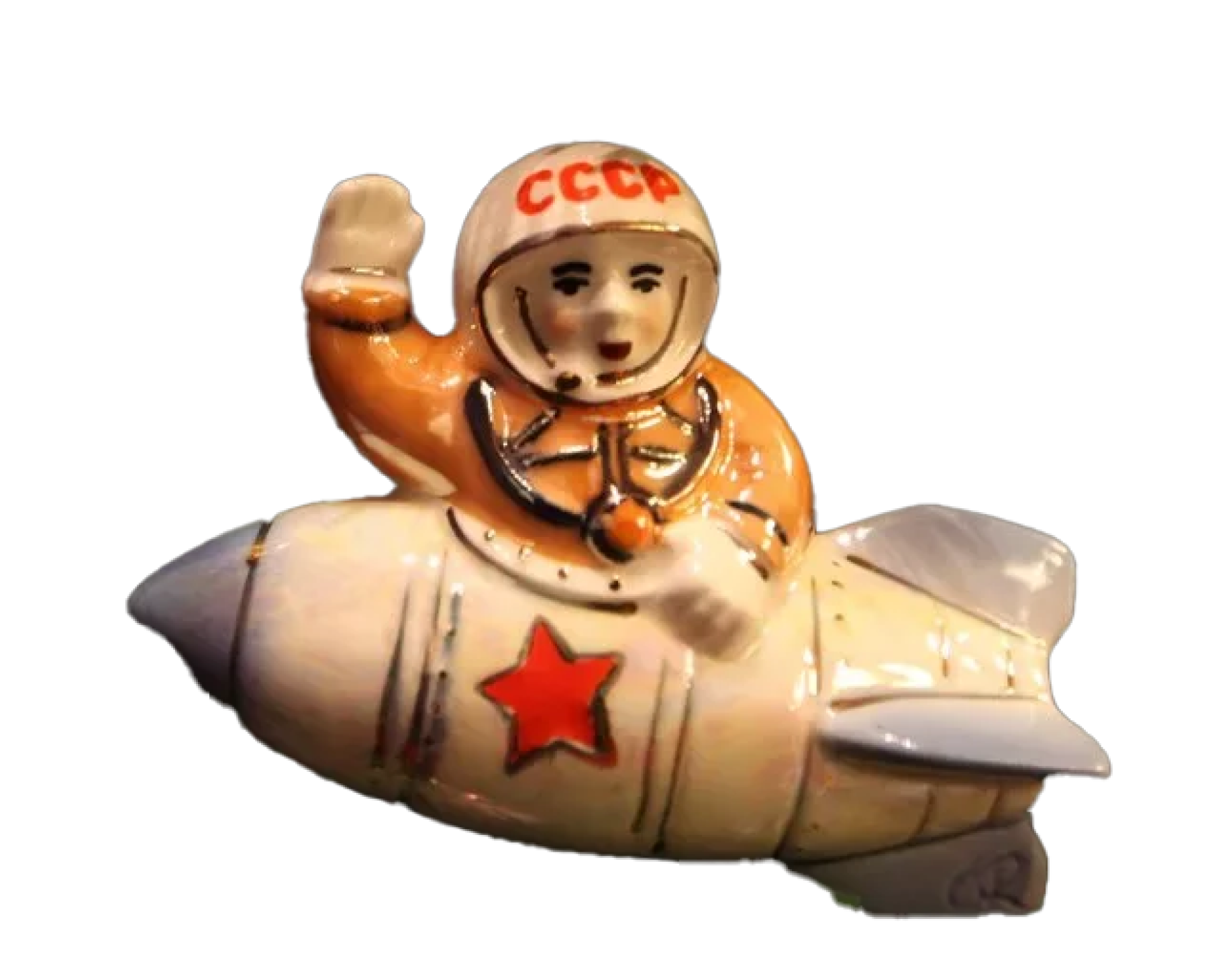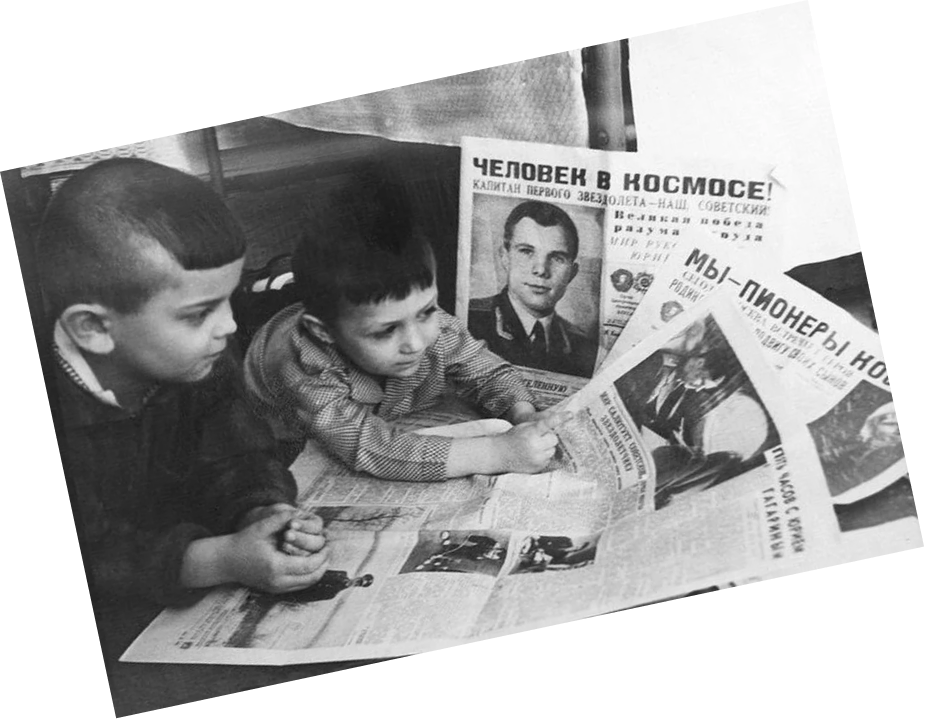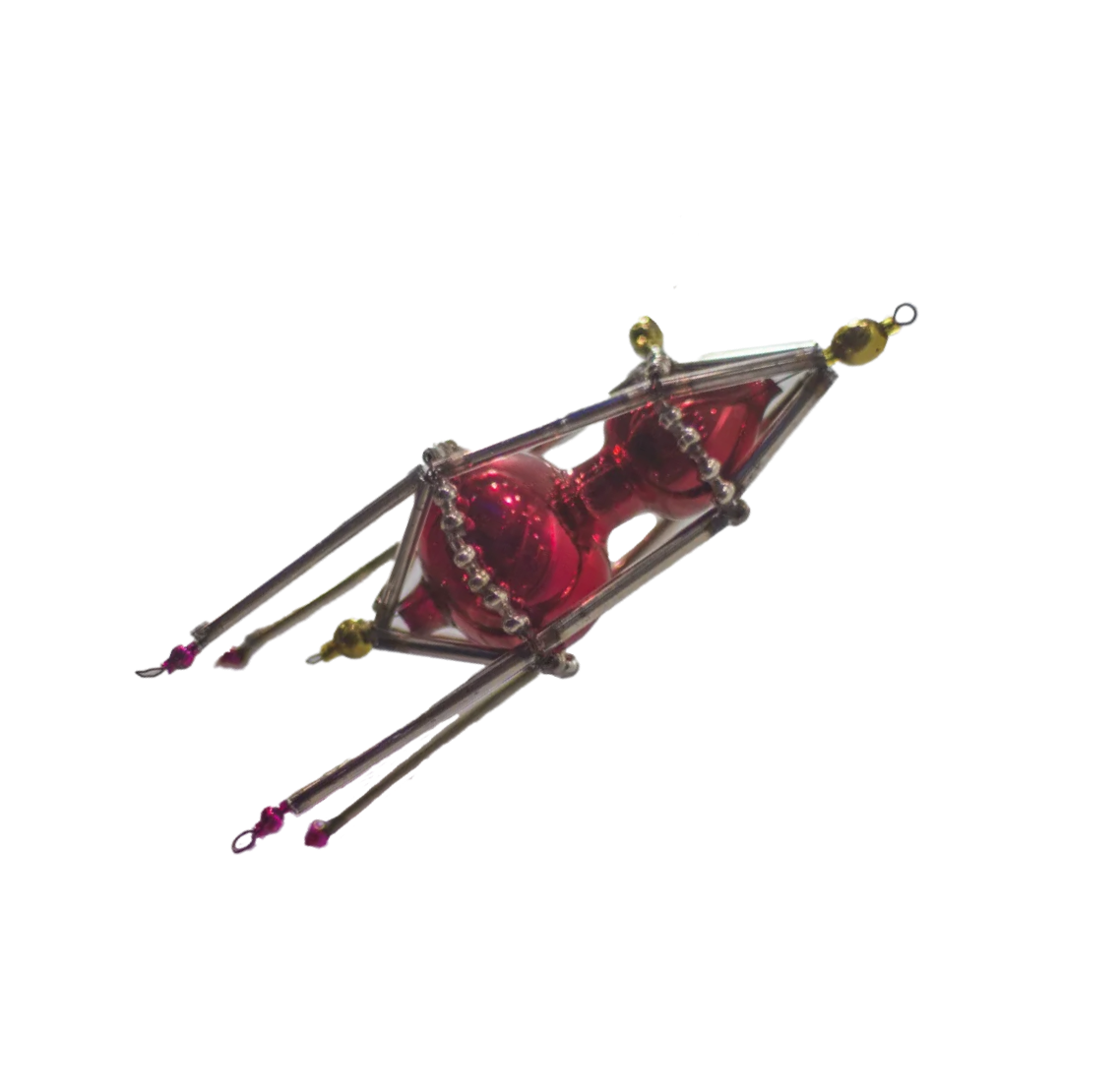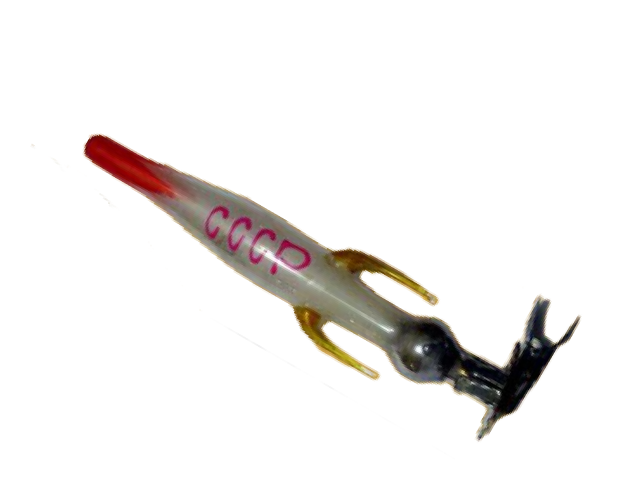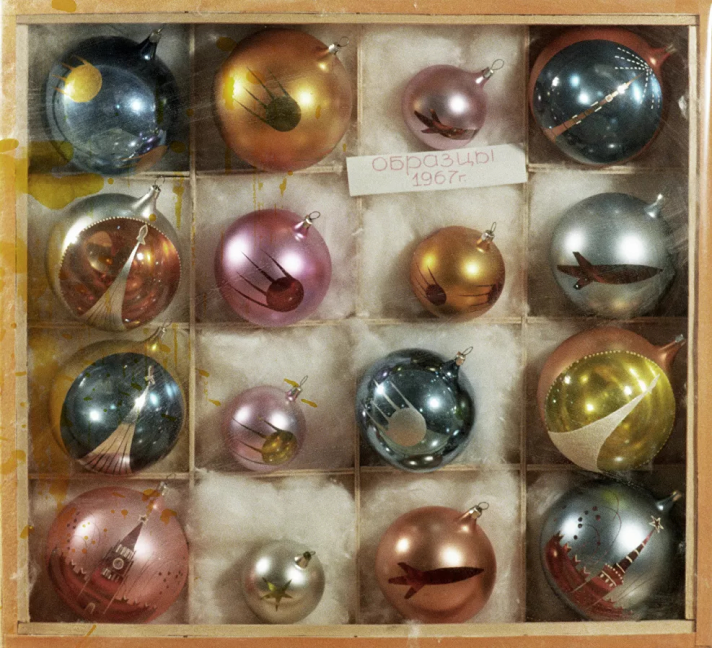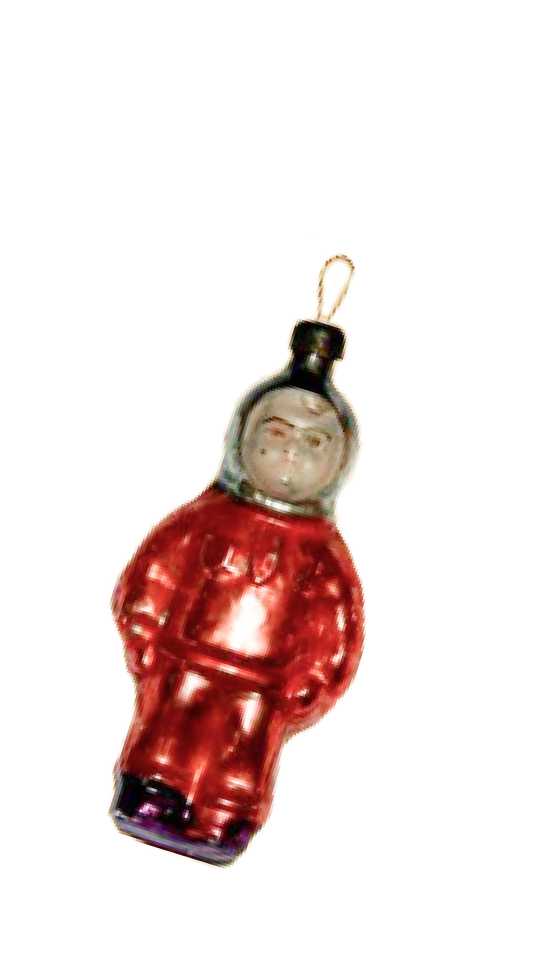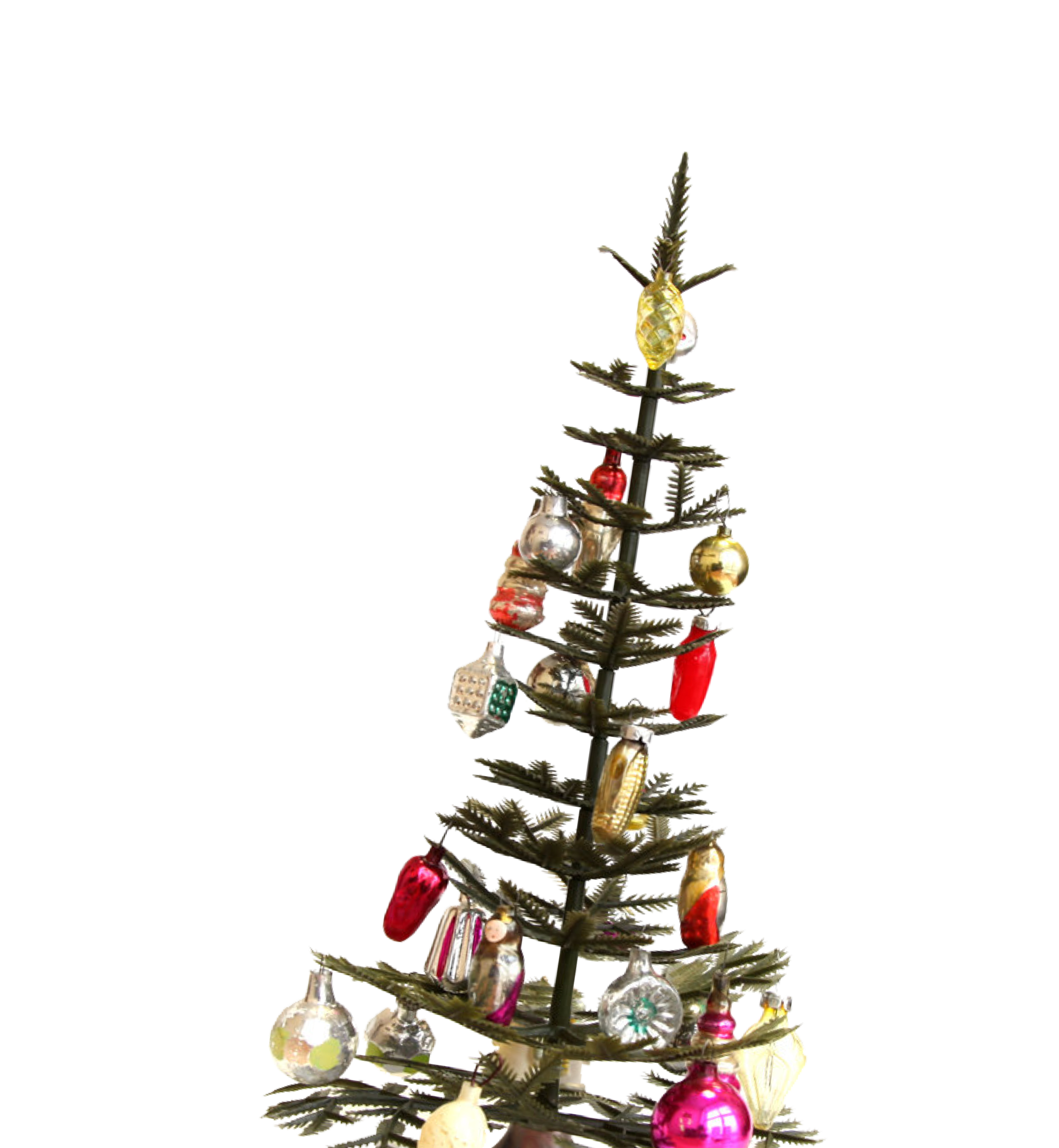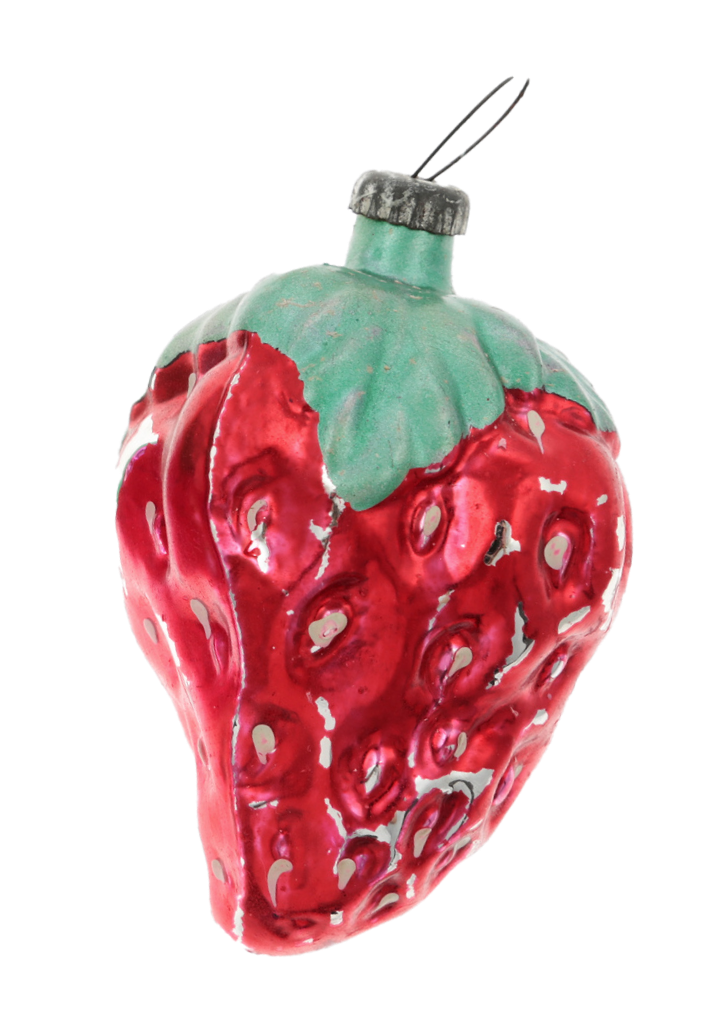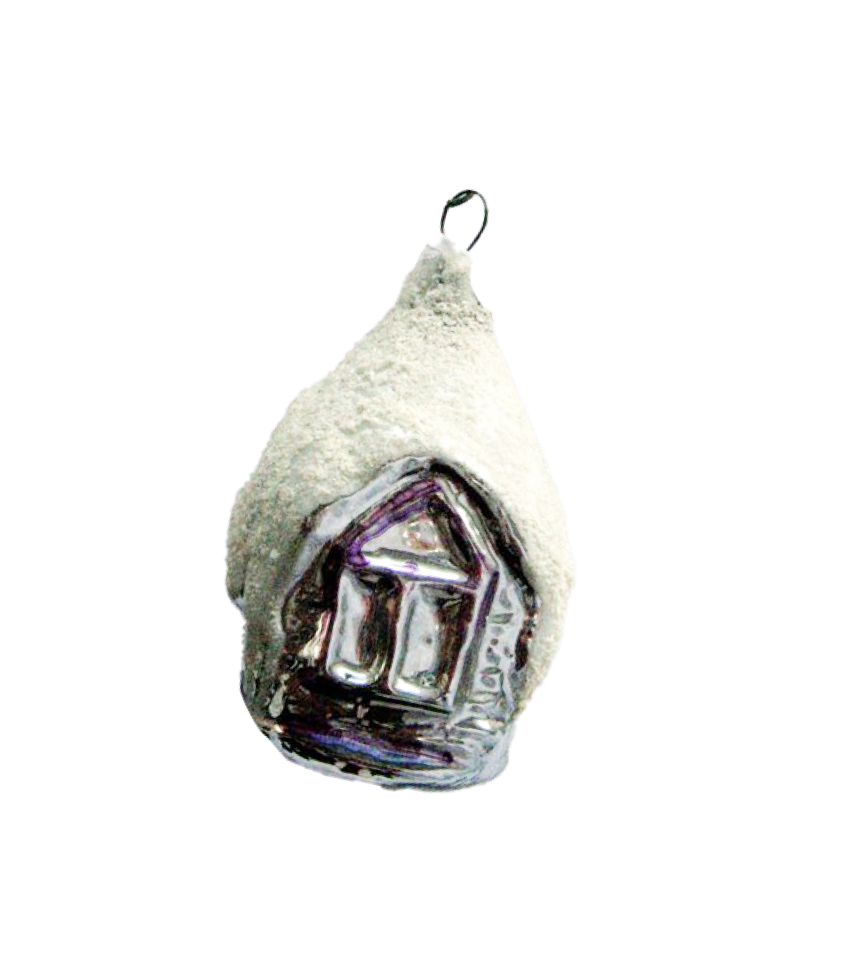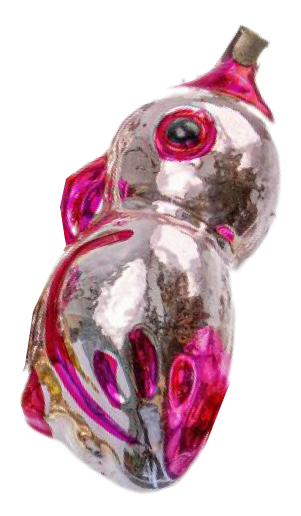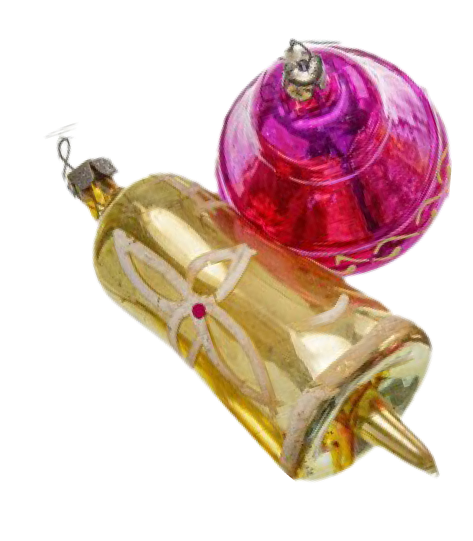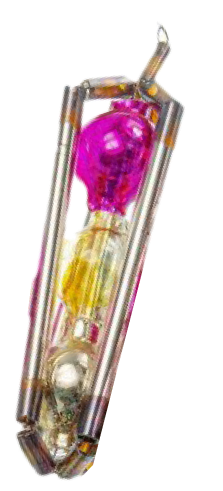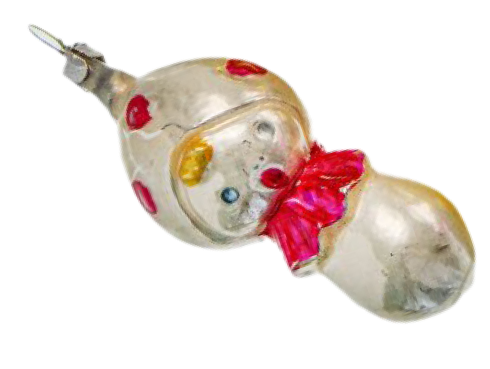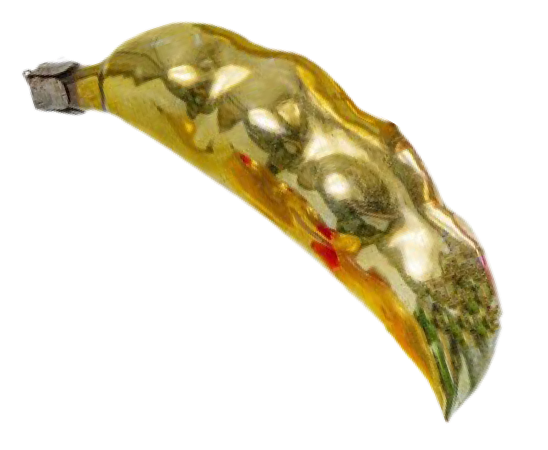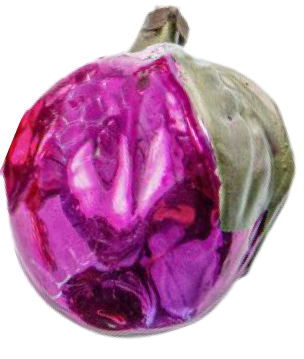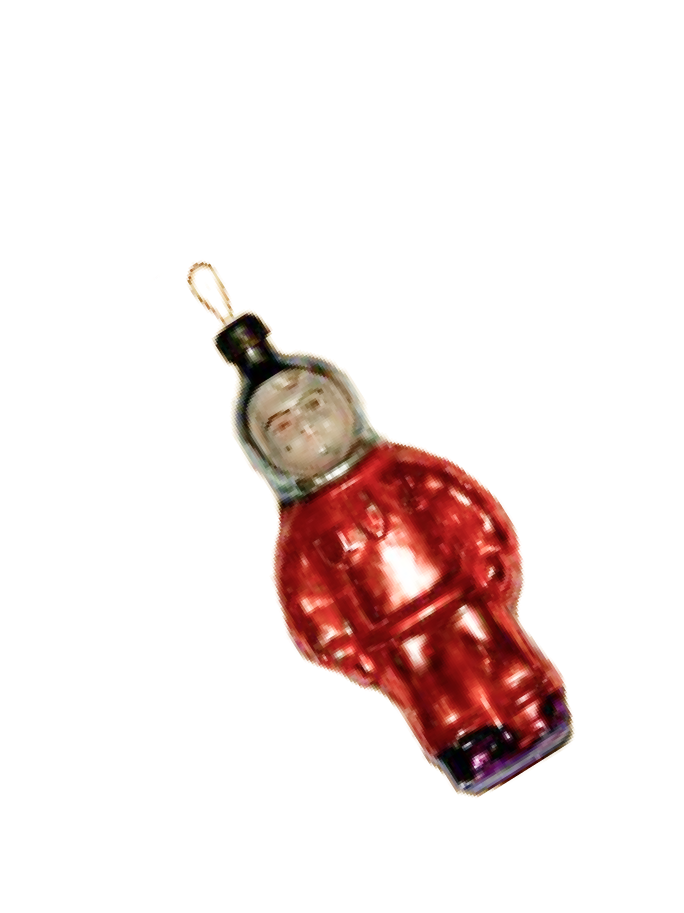Let's organize a good New Year's tree for the children! Let's organize a good New Year's tree for the children!
Let's organize a good New Year's tree for the children! Let's organize a good New Year's tree for the children!
After that the production of domestic Christmas decorations was started After that the production of domestic Christmas decorations was started
After that the production of domestic Christmas decorations was started
After that the production of domestic Christmas decorations was started After that the production of domestic Christmas decorations was started
Certainly, the return of the New-Year tree was also facilitated by the First All-Union Conference of the Stakhanovists on the 17th of November 17, 1935, where Stalin uttered his famous phrase:
On the 30th of December the paper had published a photo of giant decorated New-Year tree in the shop “Detskiy Mir” with a whole article below about triumphant return of the tree on streets and flats throughout the country. «Yesterday there were a brisk trade of New-Year trees in almost every market in Moscow. Children's toy workshops began mass production of New-Year tree decorations...».
The next day, on the 29th of December, 1935, an article appeared in “Pravda” paper stating that the New-Year tree will be arranged in Sokolniki park: «It will be decorated with various toys, gifts for children and different colored electric lanterns».
Old and new traditions were carefully cleansed of any religious connotation. So, it has resulted in the renewed production of decorations in the country.
Everything was changed on December 28th, 1935, after P. P. Postyshev's famous proposal in “Pravda” paper to return the celebration to Soviet children. Of course, it was not about the celebration of the Nativity of Jesus Christ, but namely about the celebration of the New Year.
And when life is merry, the work is going fine...».
«Life has become better, life has become merrier.
Exploration of the north, sky and the premiere of the film "Circus"
At the same time, there were appeared filigree and hand-painted decorations on an oriental theme: Aladdin, the old man Hottabych, the sorcerer Chernomor.
The theme of the north and the sky was reflected in New-Year decorations in the 1930s: polar bears, Red Army soldiers, paratroopers, airplanes, dirigibles. The tree paws were decorated with figures of polar explorers.
The second popular theme was the circus: almost each New Year tree was decorated with toy clowns, bears, elephants, dogs. After the stunning success of the “Circus” movie in 1936, the wadded decorations in form of Afro-American children were appeared on sale.












































